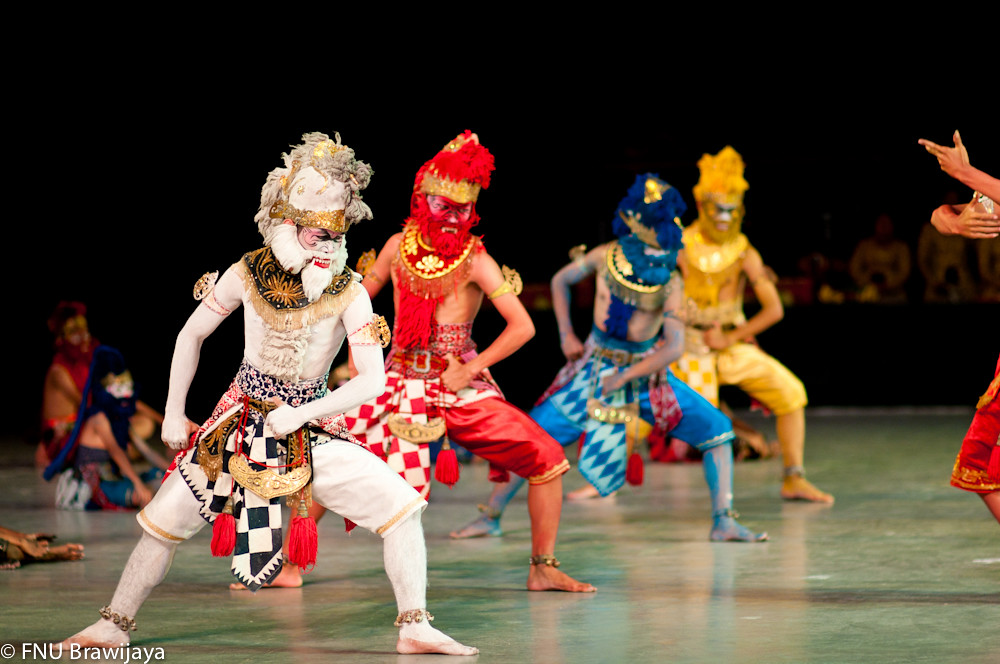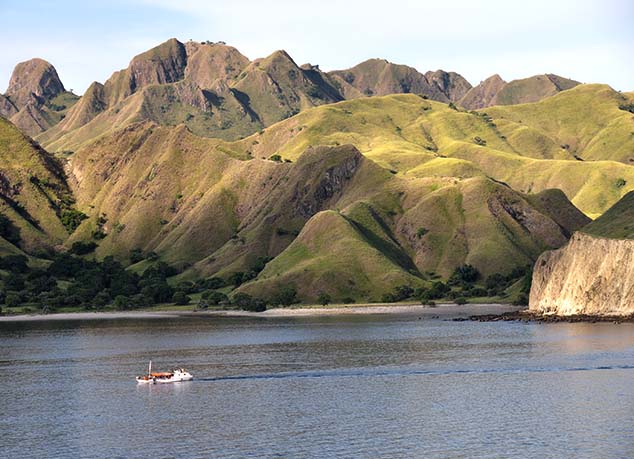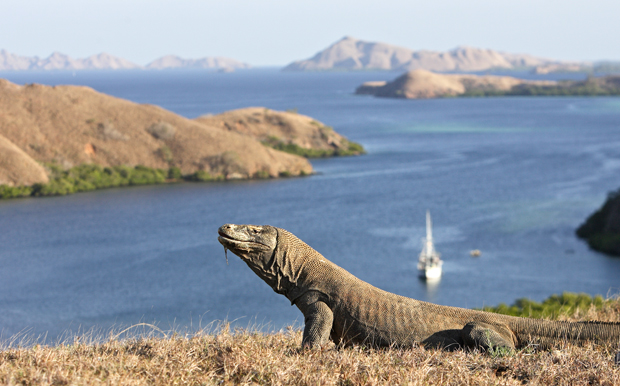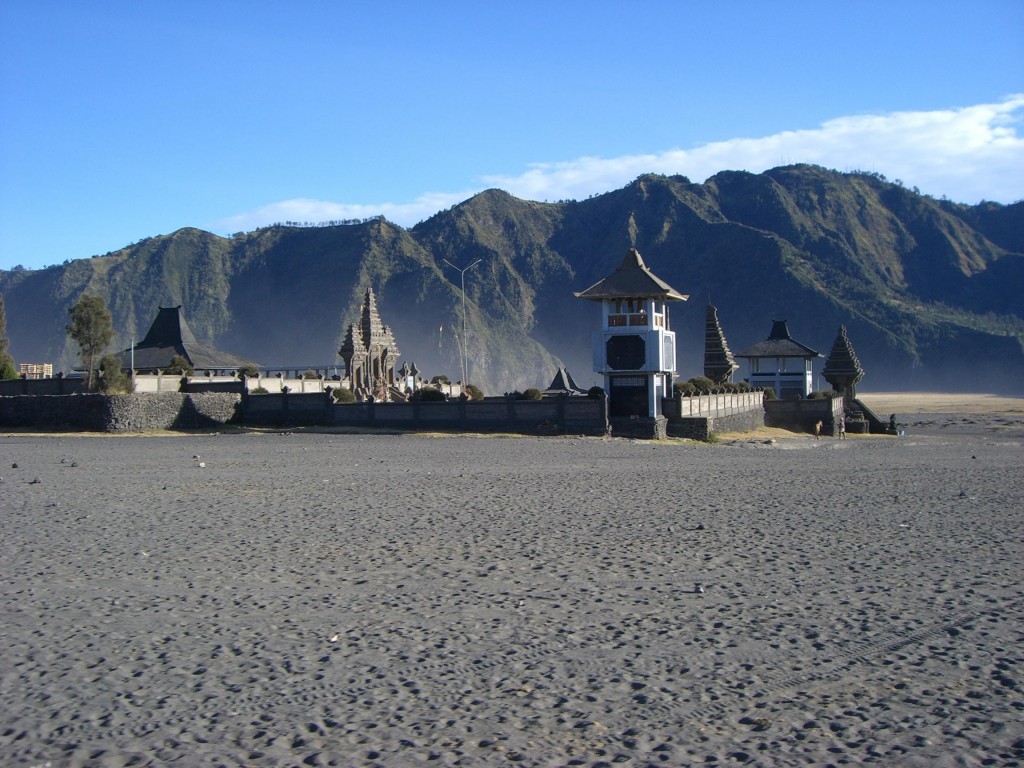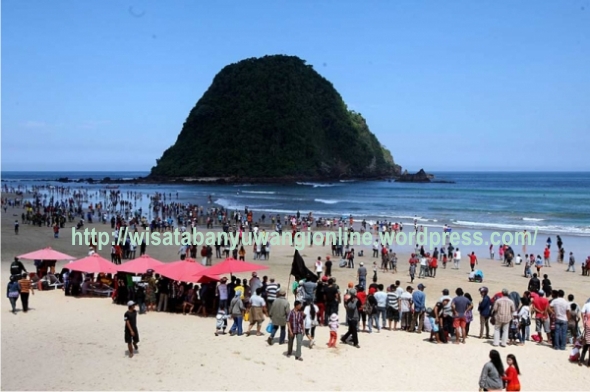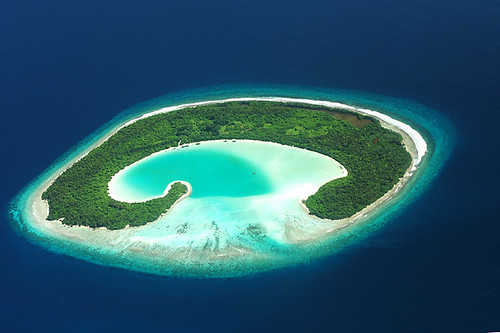Red Island in Banyuwangi is booming with tourist just some days ago
Banyuwangi`s Red Island beach becomes favorite tourist destination - ANTARA News
Jakarta (ANTARA News) - The unique and innate character of the surrounding hills of Red Island beach has made Banyuwangi in East Java one of the favorite tourist destinations.
Situated at Sumber Agung village in Pesanggaran district, some 60 kilometers south of Banyuwangi city center, the Red Island beach has become one of the leading destinations after it has been promoted through the international surfing competition on a regular basis since 2012.
The Red Island beach, stretching three kilometers long with golden sand and spectacular waves, is an ideal location in Banyuwangi for visitors to engage in activities, such as snorkeling and surfing.
The Banyuwangi district government held the International Surfing Competition at the Red Island beach on September 24-27, 2015.
Acting Head of the Youth and Sports Department Wawan Yadmadi stated in Banyuwangi that the three-day International Surfing Competition was the fourth edition of the event since it was first held in 2012 at the Red Island beach, which derived its name from a rocky hill having reddish soil.
Yadmadi noted that as many as 80 surfers from some 20 countries, including Venezuela, Switzerland, Germany, the United States, South Korea, Hungary, France, Thailand, and Indonesia participated in the event.
Yadmadi said he had initially estimated that only few participants would attend the event as a similar competition was also being held in Maldives.
"A surfer from Venezuela came directly to Banyuwangi for the event after taking part in an event in Australia," he revealed.
This is the fourth annual event to be held at the beach this year and offers waves ideal for surfing, with a coastline stretching up to 400 meters.
According to Yadmadi, the Red Island beach is fast becoming the newest tourist destination and highly sought-after surfing location in Indonesia.
Banyuwangi District Head Abdullah Azar Anas, who inaugurated the event, remarked that Red Island has become popular, which is reflected by the growing number of tourists visiting the region.
Anas further vowed to continue developing sports tourism in the region.
The International Surfing Competition, which lasted for three days, was held as part of the Banyuwangi Festival 2015 to showcase some sports events to promote tourism in the district.
Banyuwangi District Head Abdulllah Azwar Anas remarked that Banyuwangi Festival 2015 comprised 38 different events, including the International Tour de Banyuwangi Ijen, Beach Jazz Festival, Gandrung Sewu Festival, International Surfing Competition, Batik Festival, and Banyuwangi Ethno Carnival.
"The Banyuwangi Festival is held to promote tourism to maximize the districts potential and to motivate residents to develop their district," Azwar affirmed.
He noted that some other events, such as the Green and Recycle Fashion Week, Local Fruit Festival, Sego Tempong Culinary Festival, Childrens Traditional Games Festival, Kite Festival, Percussion and Lare-lare Orchestra Festival, and Wind Surf Competition could become regular tourist attractions in Banyuwangi.
In addition, the innate character of the mountains and beaches has made Banyuwangi one of the favorite tourist destinations in East Java.
Several foreign tourists visit Banyuwangi before they cross to the Indonesian island resort of Bali from Ketapang Port.
Banyuwangi is located in the easternmost tip of the island of Java, directly adjacent to Situbondo in the north, the strait of Bali in the East, and the Indian Ocean in the south.
The charm of Banyuwangis tourism not only lies in its natural beauty but also the variety of culinary and cultural attractions that continue to lure both domestic and foreign tourists to visit the district.
Favorite tourist attractions in Banyuwangi are the Red Island beach, Ijen crater located at an altitude of 2,443 meters above sea level with a depth of 200 meters, Teluk Hijau or Green Bay, and Tabuhan Island, among others.
The island is an ideal location for people who want to go scuba diving as the water is very clear.
The Lider Banyuwangi waterfall in Watu Dodol, Plengkung Beach, is another tourist attraction.
To be able to reach the Lider waterfall, the visitors must travel 45 kilometers from the city of Banyuwangi.
Watu Dodol is located in the Ketapang village, not far from Ketapang port, and close to the main road leading to Baluran National Park.
The visitors can enjoy the scenic Watu Dodol to witness the coastal area along the road, with hills on both sides.
The Plengkung Beach, which is ideal for surfing, is another renowned tourist attraction besides the Red Island beach in Banyuwangi
The best time for surfing at Plengkung Beach is between May and mid-October.(*)
the place also near G Island and Kawah Ijen
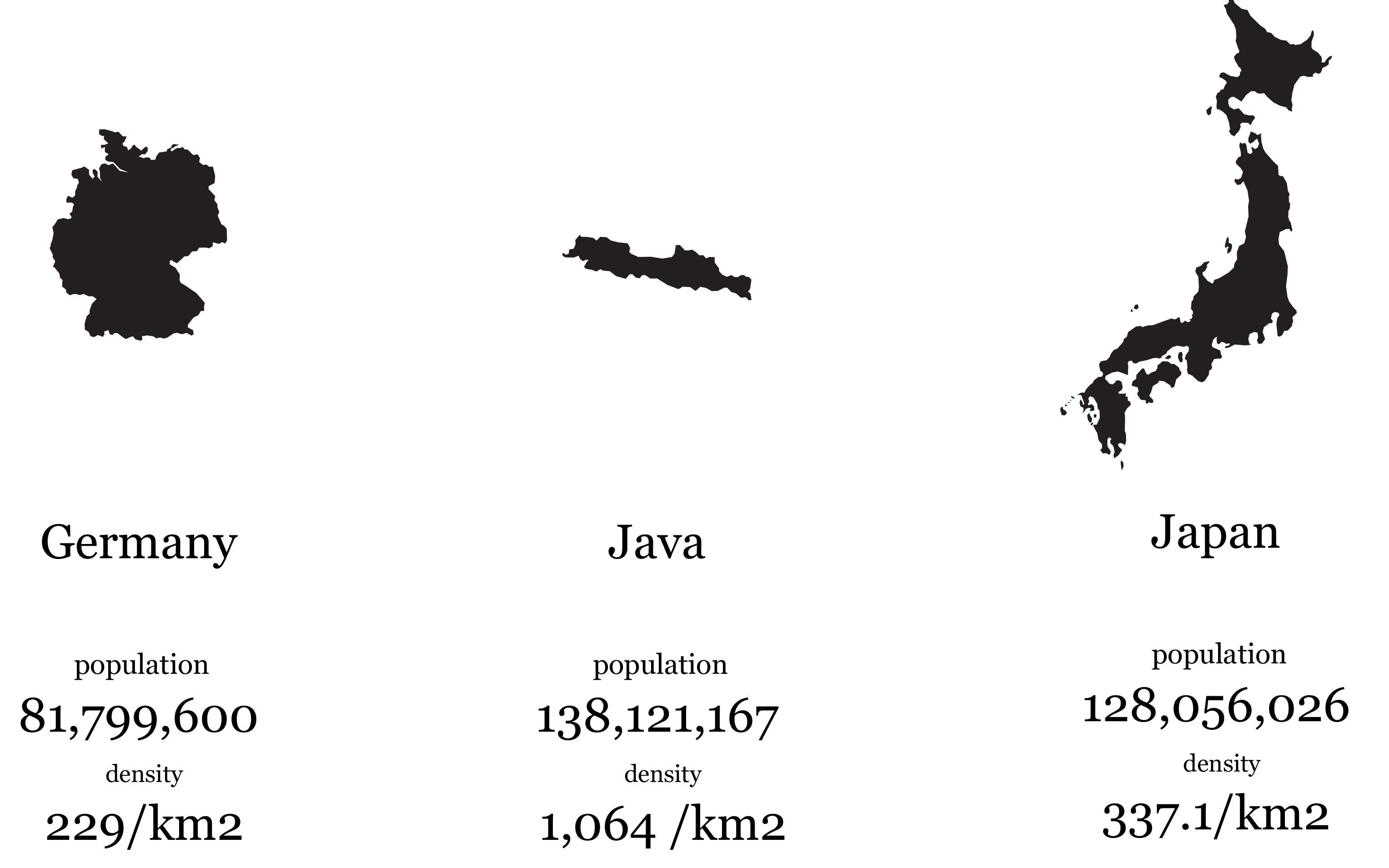






 I don't know how an island with 120,794 km2 (3 times less than VN) and 142 million people (1,5 time more than VN) can have this large park? You guys had even forgotten the biggest Buddhism temple in the center of the Java island for a long time.
I don't know how an island with 120,794 km2 (3 times less than VN) and 142 million people (1,5 time more than VN) can have this large park? You guys had even forgotten the biggest Buddhism temple in the center of the Java island for a long time. 





